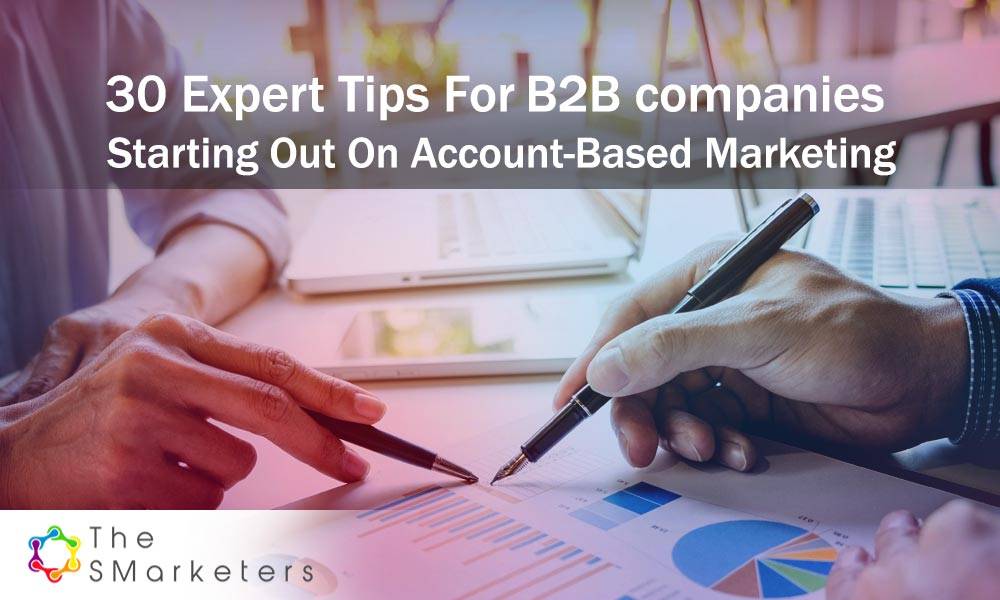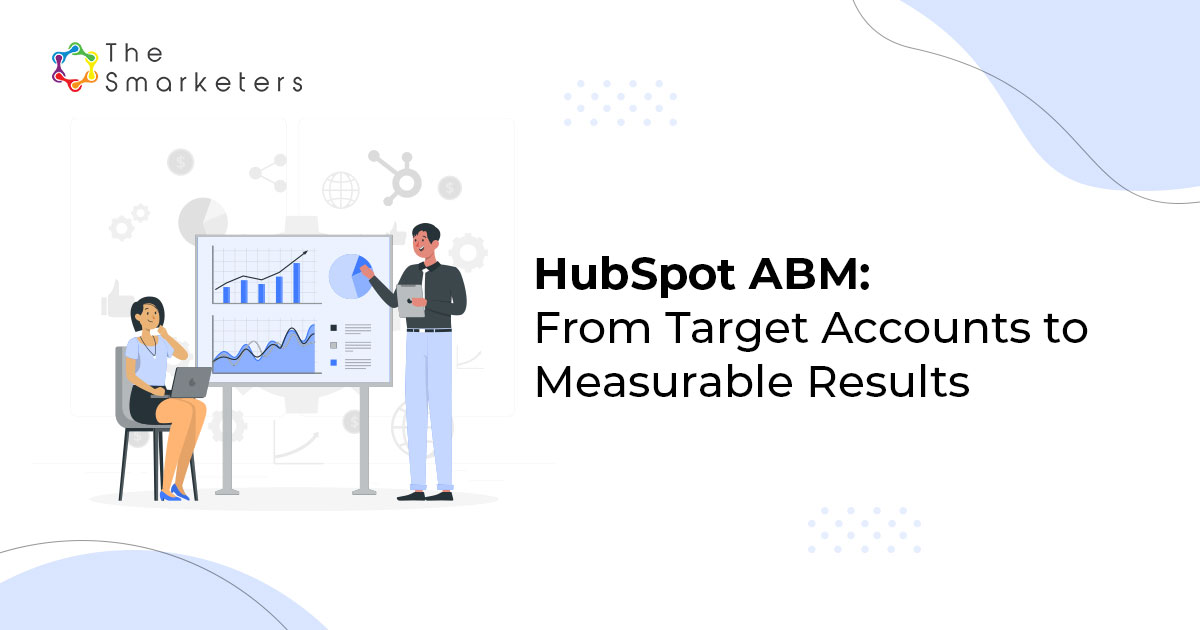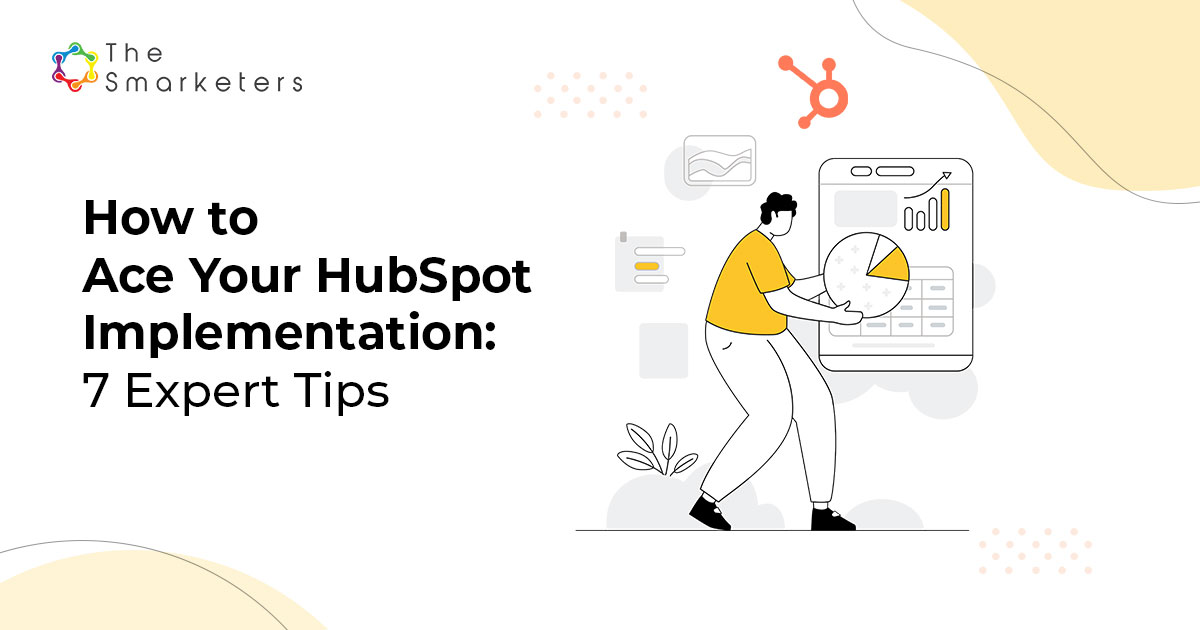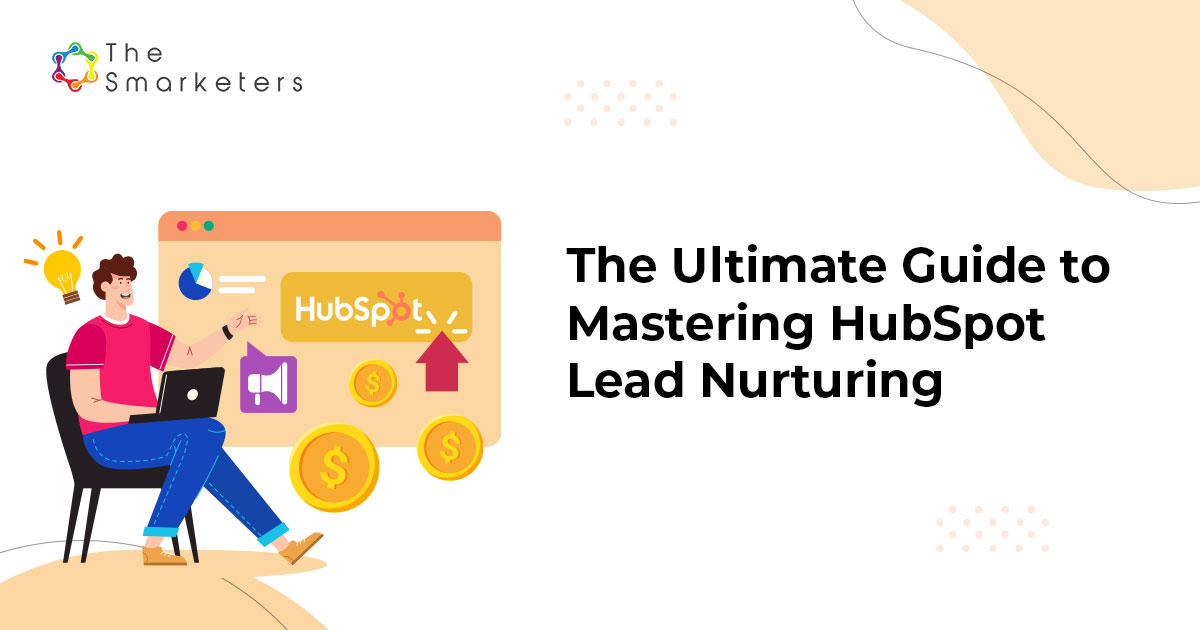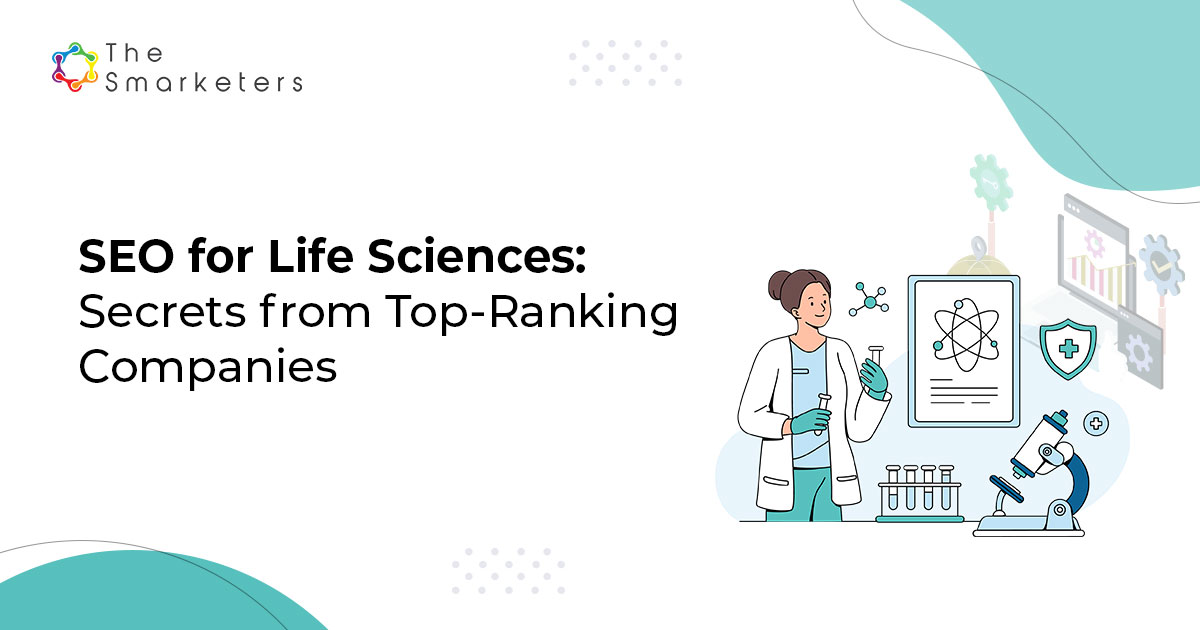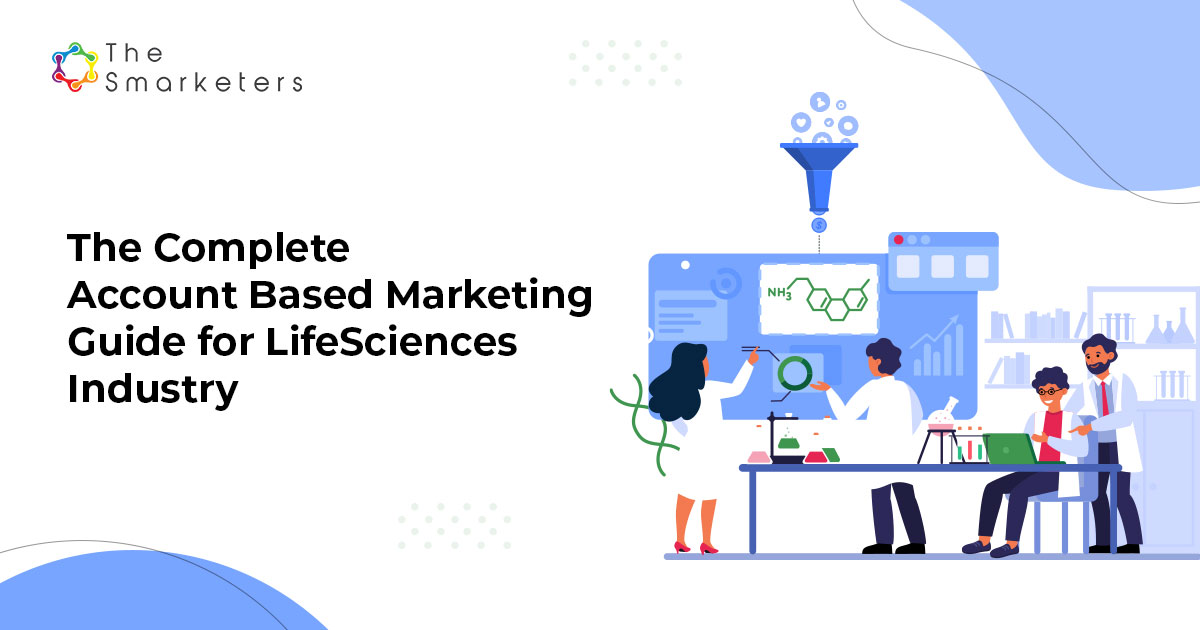“81% of B2B marketers say their most used form of content marketing is email newsletters.”
Email marketing is crucial in the process of converting potential leads to revenue-generating customers. It allows B2B marketers to contact prospective clients directly. However, to ensure email marketing efforts bear fruit, marketers must recognize the importance of email deliverability.
But, what is email deliverability? Simply put, it is the rate at which emails land in the inbox. Email deliverability failure occurs when emails go to the spam folder or are blocked by the Internet Service Provider (ISP).
You can spend all the time in the world on building creative email campaigns, but if the right people do not receive your communication, they will never get the opportunity to engage with your message. Therefore, email deliverability is fundamental to the success of a B2B email marketing campaign.
Before delving deeper into its nuances, let us first understand the difference between email delivery rate and email deliverability.
Email Delivery Rate and Email Deliverability
The email delivery rate shows what happens when the mails first hit the mailbox provider’s (MBP) gateway. At this moment, MBPs can reject the emails due to various factors; or corporate spam filters may prevent the emails from reaching the inbox.
Corporate spam filters use a multi-layered approach and may consist of – external email security service, firewall level spam service, mail server anti-spam, cloud protection, etc.
Email deliverability, on the other hand, gives you a glimpse of how many emails successfully reach the inbox after navigating numerous such filters.
The results you wish to achieve through email marketing are negatively impacted by the percentage of emails not delivered to the inbox. In simple words, every undelivered email is the loss of a potentially valuable lead.
So, how does B2B marketing ensure emails are delivered? Below, we provide you a list of some time-tested techniques to improve your email deliverability over the long run.
1. Build domain identity and authenticity
Before anything else, it is essential to prove your domain’s identity. Every server would like to authenticate your domain before delivering your emails.
Sender Policy Framework (SPF) is a record of authorized email servers published by the domain administrators. Enabling SPF allows receiving servers to verify that authorized hosts have sent incoming emails.
DMARC (Domain Message Authentication Reporting and Conformance) provides feedback on whether the email has passed the ISP filters.
Another method to build credibility is implementing DomainKeys Identified Mail (DKIM), which validates that the email is authentic and unaltered en route to the receiver from the host server.
2. Establish email reputation
Reputation is measured by the score assigned by the ISP to the sender’s domain and IP address. The higher the score, the greater the probability that your emails get delivered to the inbox.
Components of this score include –
- Sending frequency and volume;
- Number of spam complaints from recipients;
- Spam trap hit rate;
- Hard bounce rate;
- Number of unsubscribes;
- Recipient engagement (i.e., open, click, forward, mark as important, delete without reading, etc.)
To gain a good reputation, marketers must –
- Maintain a clean list of targeted recipients by proactively excluding the unsubscribed and bounced email addresses;
- Continuously track email deliverability;
- Identify a few significant stakeholders for each target company. Corporate spam filters often monitor the number of messages coming into a domain within a particular time frame. By selecting a few key contacts, marketers ensure all emails from their domain or IP address do not get blocked as spam;
- Optimize the recipient opt-in process to ensure the email list is full of engaged users. Recipients are not likely to complain about emails they have themselves subscribed to;
- Allow users to unsubscribe to emails if they wish, to avoid any spamming complaints from their end.
3. Use short, non-spammy subject lines
It is essential to keep subject lines short and crisp (not more than 30 characters long). Subject lines should be compelling, but without sounding pushy or salesy.
Moreover, marketers should –
- Preferably start with action words;
- Use suitable emojis;
- Try to refer to the company’s competitor or the overall value proposition;
- Avoid using all uppercase letters, exclamation marks, and spammy words like Risk-free Offer, Guarantee, etc.
Moreover, subject lines must focus on the core message and align with the body of the email.
4. Personalize your emails
It is evident that you have to please two parties to improve your email deliverability – the ISP and the recipient. But if you manage to satisfy the latter, the former takes care of itself.
ISPs protect the end-users from spam emails. However, if the recipients indicate they are impressed with your emails, the ISPs will keep placing them in the inbox.
Your emails should consist of 3-4 sentences that provide three key elements –
- Purpose
- Value proposition
- Call to Action
Moreover, it is essential to personalize messaging and keep different email templates for various stakeholders.
For example, suppose you are focusing on a manufacturing company and trying to talk to the people in the IT department. In that case, you must have a separate email template for each stakeholder within the department. While talking to the CIO, the email must focus on the technology roadmap, challenges, what the competitors are doing, and how you can help.
Similarly, an email to the Director of IT must be crafted to include the relevant work you have done in the past and how your solution can fit in to improve efficiency.
A few other considerations while drafting the body include – maintaining an appropriate image-to-text ratio, ensuring links are working properly, and checking Alt Text is in place for all images.
We, at the SMarketers, are helping B2B clients to plan and execute their email marketing campaigns from the ground up. So, if you need to implement the right email strategies or need more information about the same, feel free to contact us, and we will be glad to assist.
Conclusion
As seen above, email deliverability is critical to the success of your lead generation and conversion programs. To ensure your emails land where they are supposed to (read: ‘the recipient’s inbox’), here is a quick recap of the ground rules you should be aware of to maximize your response rate –
- Establish your domain’s authenticity;
- Maintain a high domain (and IP) reputation score;
- Write eye-catching subject-lines;
- And last, but certainly not the least, draft emails that people love!


